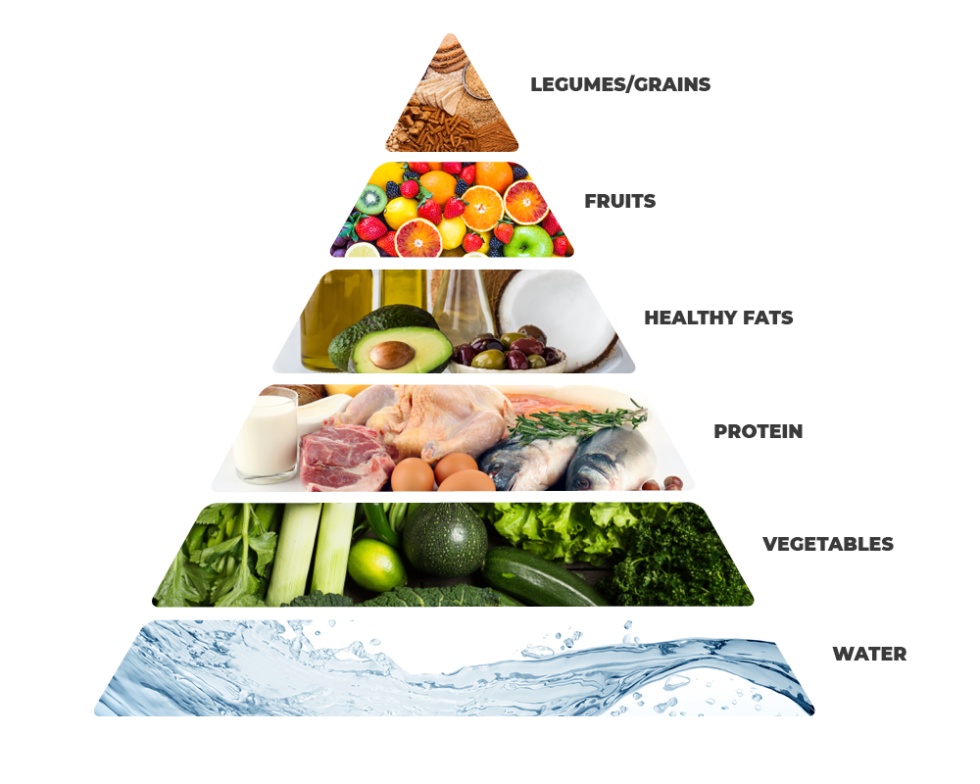The realm of nutrition is surrounded with buzzwords: macros, deficit, superfoods, antioxidants, organic, non-GMO…
Given the hype surrounding nutrition, attempting to adopt a healthy eating regimen can be overwhelming. At times, it seems as though nutrition demands an all-encompassing commitment, leading many people to feel as though their efforts fall short. Let’s scratch the buzzwords and return to the fundamentals. What are the essential principles that can be embraced to enhance daily meals while eliminating confusion?
Comprehensive Nourishment is Key
The initial guideline for enhancing the nutritional value of your meals revolves around the concept of “eating the rainbow.” This translates to incorporating a variety of foods from each major food group. Different-colored vegetables and fruits offer distinct nutrients. Red-colored produce bolsters heart health, orange varieties contribute to visual well-being, yellow options support the immune system, green selections reinforce bone and dental health, while blue and purple options prove beneficial for cognitive function.
Balanced Inclusion of All Food Groups
Essential nutritional elements—proteins, fats, and carbohydrates—must be integrated into your daily intake. What may work as a dietary approach for certain individuals might not suit everyone universally. Determining the optimal diet for your needs will likely involve a personalized journey of trial and error. The contemporary food pyramid (illustrated below) serves as a solid starting point for this pursuit.

*Disclaimer: When using the term “diet,” we’re not referring to a strict eating plan aimed at weight loss. Rather, we mean it in its literal sense—what you consume on a day-to-day basis.
Healthy eating typically doesn’t entail excluding entire food groups. Instead, it’s about maintaining the right proportions. Prioritize vegetables and lean proteins, and while carbohydrates are fine, avoid making them the central focus of every meal.
Enhance, Don’t Subtract
If your meals heavily feature low-nutrient foods like starchy carbs or processed sugars, and you can’t imagine a meal without them, consider adding highly nutritious foods instead of eliminating those you enjoy. Incorporating substantial portions of vegetables and lean proteins into each meal can reduce the tendency to overindulge in high-calorie, low-nutrient options. By incorporating nutritious additions, you can achieve satiety without consuming as many unhealthy foods as usual, thereby naturally reducing your inclination for unwholesome choices. You’ll likely observe that your intake from the upper levels of the food pyramid diminishes even without conscious restriction.
Avoid Unappetizing Foods
When it comes to enhancing the nutritional content of your meals, there’s no need to force yourself to consume foods you dislike. With 1097 varieties of vegetables available worldwide, there’s no reason to subject yourself to ones you don’t enjoy. If you’re convinced that you detest all healthy foods, consider experimenting with nutritious options you’ve never tried before—you might pleasantly surprise yourself. Take a look at some wholesome recipes here.
Feel free to share your own relaxed nutrition tips in the comments section below.
Sources:
